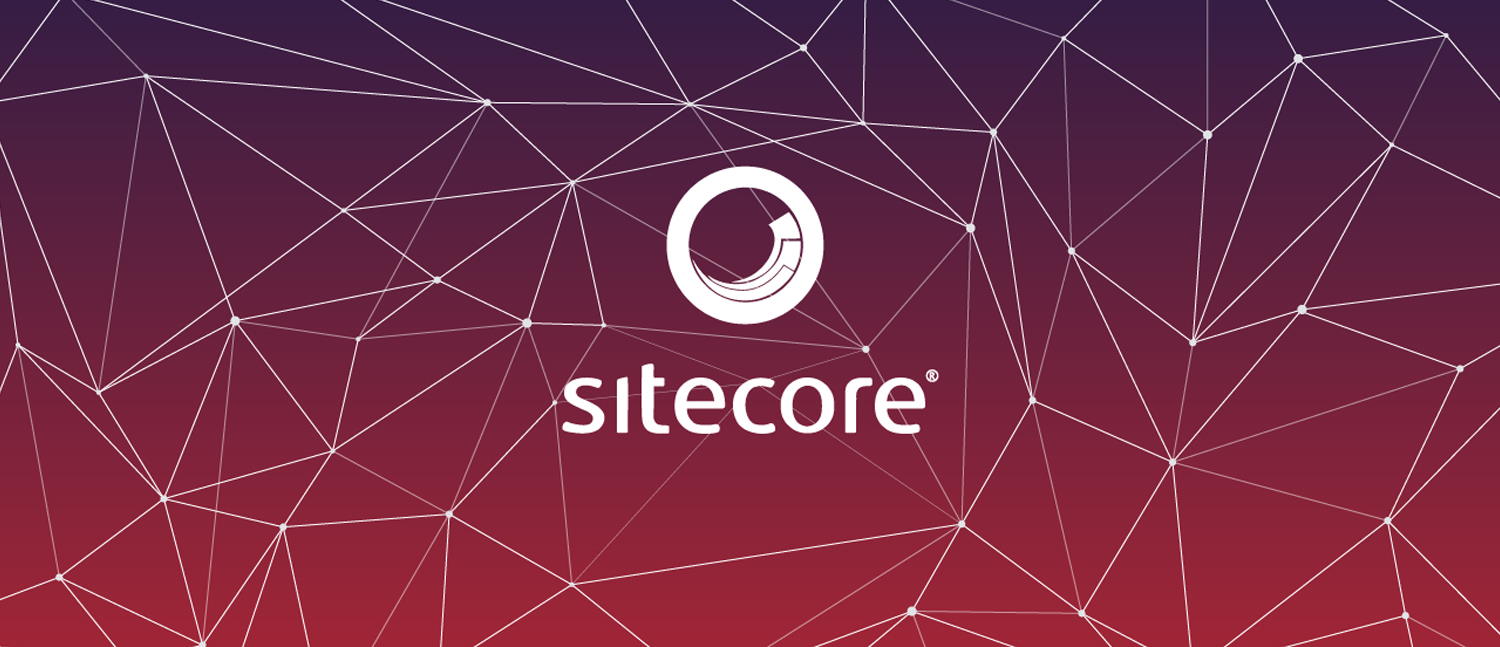
Sitecore Content Serialization vs Unicorn and TDS: A Deep Dive with Examples
- 28/10/2023
- Technical
- Coding, Sitecore XP, Third-party Integrations
The Sitecore platform, renowned for its flexibility and robustness, offers developers a plethora of tools to facilitate development and deployment tasks. Among the myriad of options available, three standout utilities are designed for item synchronization and serialization: Sitecore Content Serialization (SCS), Unicorn, and Team Development for Sitecore (TDS). Here's an extended analysis of these tools to provide deeper insights.
1. Delving Deeper into Sitecore Content Serialization (SCS)
SCS, the official serialization tool from Sitecore, bridges the gap between content creation and deployment. Let's delve deeper into its features:
Modern Serialization: YAML, a human-friendly format, provides an efficient way of managing and diffing content changes.
Automation Capabilities: The Sitecore CLI offers opportunities for automating tasks, integrating with CI/CD pipelines, and scripting various operations.
Example: A common challenge developers face is reverting changes. With SCS, this is made easy:
sitecore ser pull
This command reverts the local instance to the serialized state, providing a safety net for developers.
2. Expounding on Unicorn
Unicorn, beyond its catchy name, offers powerful features that extend the capabilities of Sitecore:
Dependency Handling: A standout feature, Unicorn can process dependencies, ensuring items are serialized and deserialized in the correct order.
Dilative Syncing: With Unicorn’s transparent syncing, you can not only see what will change but also why it will change, offering detailed insights before any actual operation.
Example: Custom data providers are an advanced feature in Sitecore. When using them, traditional serialization methods might not work. However, Unicorn’s flexibility shines through. By tweaking its configuration, developers can serialize even the most complex data structures.
3. A Closer Look at Team Development for Sitecore (TDS)
TDS transforms Sitecore development by integrating it seamlessly into Visual Studio. The benefits extend beyond serialization:
Item Management: TDS brings Sitecore items into Visual Studio, treating them almost like code. This tight integration offers an unparalleled development experience.
Advanced Packaging: TDS allows for the creation of Sitecore update packages directly from Visual Studio, streamlining deployment processes.
Example: Imagine collaborating on a large team where members frequently change Sitecore templates. With TDS, template changes are easily tracked, merged, and managed within source control, mirroring traditional code collaboration workflows.
The Challenges in Choosing the Right Tool
Every tool comes with its own learning curve and set of challenges:
SCS: Its newer nature means fewer community resources are available when compared to Unicorn or TDS. For complex setups, developers might find the need for custom scripting.
Unicorn: Being highly configurable is both a blessing and a curse. Incorrect configurations can lead to missing or superfluous data, demanding a keen understanding of its setup.
TDS: The tight coupling with Visual Studio is fantastic for .NET developers but can be seen as restrictive for those who prefer different development environments.
Real-world Use Cases
While all tools are designed for serialization, their best-fit scenarios might differ:
SCS: Ideal for projects that are always on the latest Sitecore version and benefit from native integrations.
Unicorn: Best suited for projects that require granular control over serialized items, especially when dealing with complex data structures or customizations.
TDS: A boon for large teams working simultaneously on Sitecore, especially if they’re using Visual Studio and source control extensively.
Conclusion
Selecting the right serialization tool is not about choosing the most popular or the most recent. It's about understanding the project’s needs, the team's expertise, and the long-term maintenance strategy. Sitecore's ecosystem is rich and varied, ensuring that regardless of the choice, developers are well-equipped to handle challenges and deliver seamless digital experiences.
P.S.: For more informations about Sitecore and our Services, please visit www.cyber-solutions.at